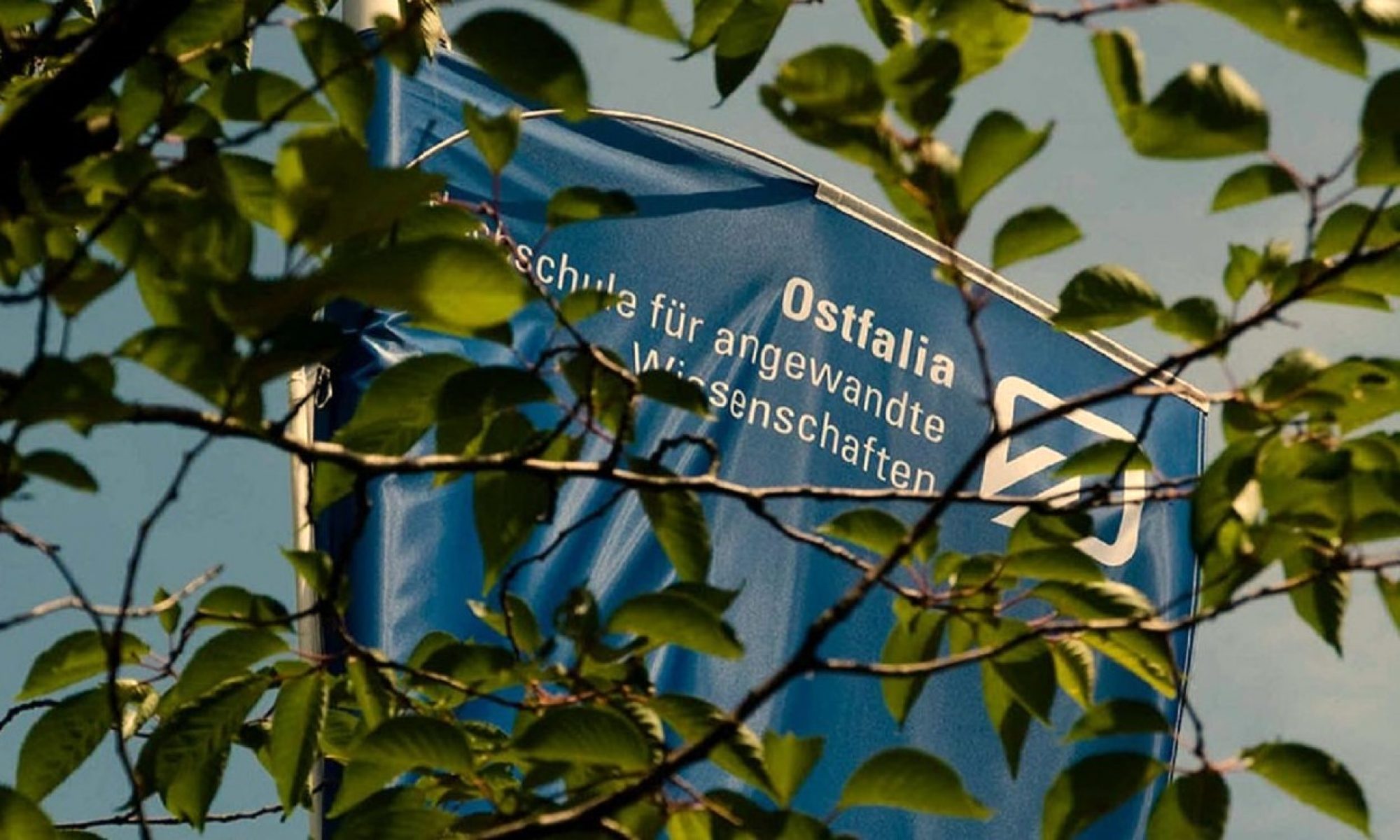Katherine Roegner
katherine.roegner@thi.de
Technische Hochschule Ingolstadt, Germany
Abstract
Mathematical bridge courses offered prior to the beginning of the first semester are often designed in Germany with the goal being to get students all at the same level of knowledge, as a way for students to fill the gaps in their school mathematics. This lofty goal has been shown to be highly unrealistic. In general, it seems that the students who need these courses the least are more likely to attend in comparison to those who need these courses. The gap between students’ abilities seems to become larger, which shows that the needs of diverse groups are not suitably addressed with this format. In this contribution, we look at some of the reasons why bridging courses fail to alleviate the problems that they were designed to create. Some different approaches to redesigning bridge courses are given along with some observations concerning their effectiveness.
Keywords
Bridge courses, activating students, individualisation
